- +86-19941574798
- sale06@kfqizhongji.com
Amusement Equipment Wheels
Amusement Equipment Polyurethane Wheels
Amusement equipment polyurethane wheels have the characteristics of high rebound, friction resistance, high load-bearing, and corrosion resistance, ensuring stability and safety when the equipment runs quickly.
Amusement equipment polyurethane wheels are the backbone of modern theme park rides, ensuring smooth operation, safety, and unforgettable guest experiences. Engineered to handle extreme forces, repetitive motion, and harsh environmental conditions, these wheels excel in roles such as guide wheels, drive wheels, and friction wheels. This article explores why polyurethane is the material of choice for amusement equipment and how its unique properties enhance ride performance.
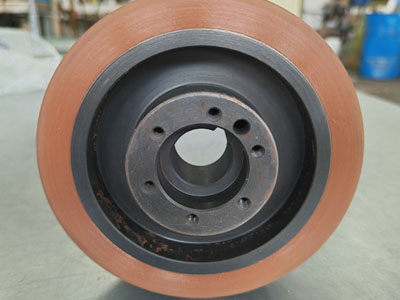
Why are amusement equipment polyurethane wheels essential?
Amusement equipment polyurethane wheels outperform traditional materials like rubber or metal due to their unmatched versatility:
• High load capacity: Supports heavy ride components, from roller coaster cars to Ferris wheel gondolas.
• Shock absorption: Minimizes vibrations during high-speed drops or sharp turns, enhancing rider comfort.
• Weather resistance: Withstands UV rays, moisture, and temperature fluctuations (-40°c to 120°c).
• Low noise: Reduces operational sound, critical for maintaining immersive park atmospheres.
• Longevity: Resists abrasion and deformation, cutting maintenance costs and downtime.
Key roles of amusement equipment polyurethane wheels
Guide wheels
Ensure precise alignment on tracks for roller coasters, drop towers, and monorails.
Prevent lateral slippage during sharp turns or sudden stops.
Drive wheels
Transfer power to ride vehicles in attractions like spinning tea cups or conveyor-driven rides.
Provide consistent traction without damaging tracks.
Friction wheels
Act as braking systems in free-fall rides or rotating platforms.
Offer controlled deceleration and heat resistance.
Support wheels
Distribute weight evenly in Ferris wheels or observation decks.
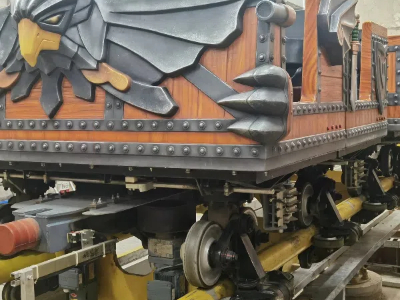
Technical advantages of polyurethane wheels
To meet diverse ride demands, manufacturers optimize amusement equipment's polyurethane wheels through:
• Custom hardness: Shore A ratings (80a–95a) tailored for rigidity or flexibility.
• Reinforced cores: Steel or aluminum hubs for added strength in high-stress applications.
• Specialized treads: Grooved or patterned surfaces to improve grip on wet or oily tracks.
• Anti-static formulations: Prevent electrical interference in sensor-based systems.
Maintenance best practices
While polyurethane wheels are low-maintenance, proactive care maximizes lifespan:
• Monthly inspections: Check for cracks, uneven wear, or debris in wheel tracks.
• Clean surfaces: Use mild detergents to avoid chemical damage.
• Lubricate bearings: Ensure smooth rotation in drive or guide systems.
Why do parks choose polyurethane?
Amusement operators prioritize safety, efficiency, and sustainability. Amusement equipment polyurethane wheels align with these goals by:
• Reducing energy use: Lightweight design lowers power consumption in motorized rides.
• Enhancing safety: Consistent performance minimizes mechanical failure risks.
• Supporting eco-initiatives: Long lifespan and recyclability reduce waste.


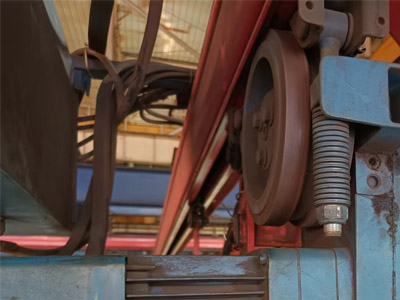
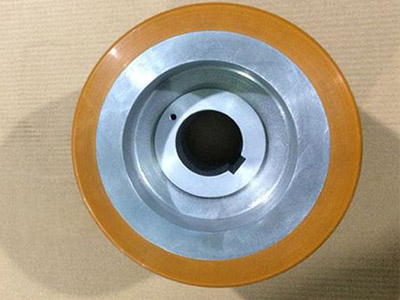
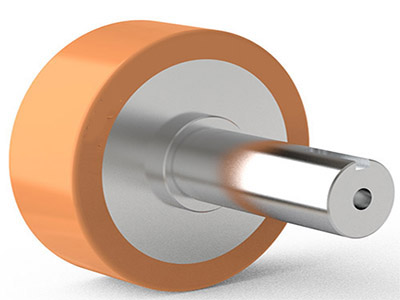
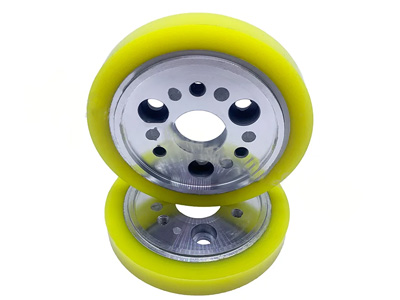
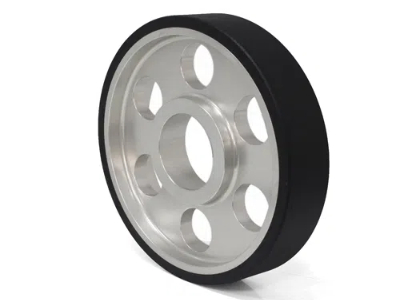
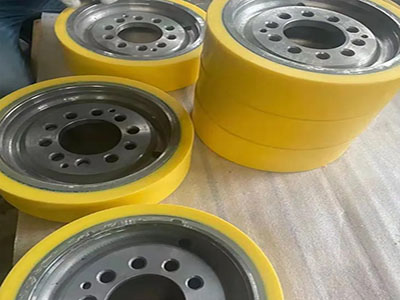
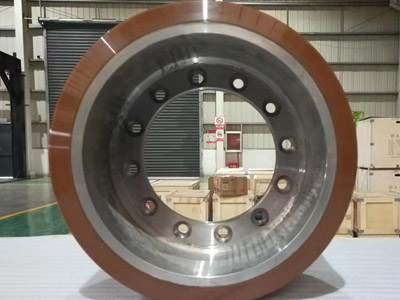
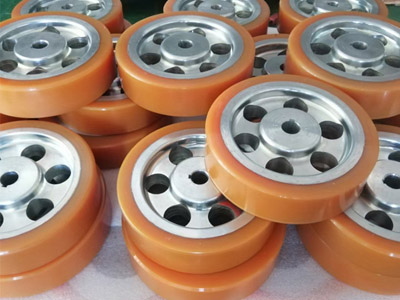



Free-Fall Drop Tower Ride Polyurethane Guide Wheel
Polyurethane Driving Spinning Ferris Wheel